London with children: enter a Victorian school at the Ragged School Museum.
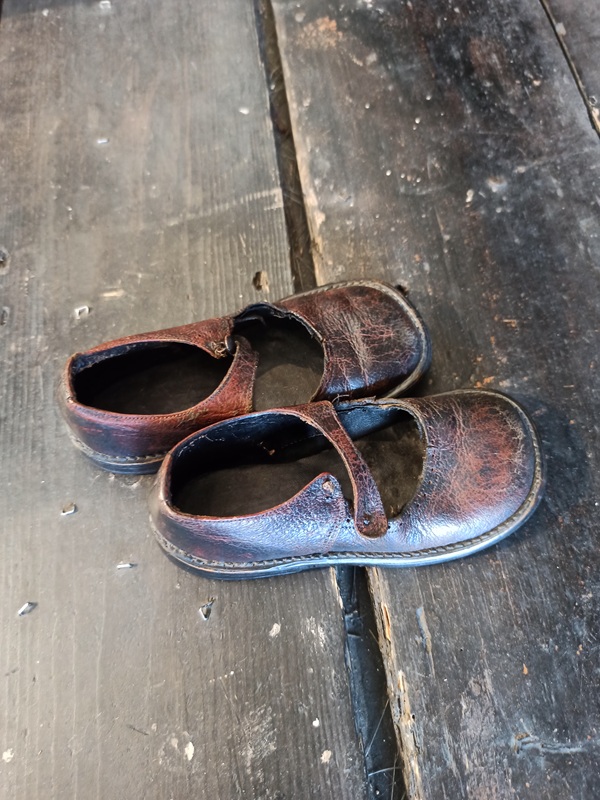
A small museum in London, it fascinates with the stories of boys and girls of yesteryear.
Discovering the Museum of the Ragged school in Tower Hamlets, London.
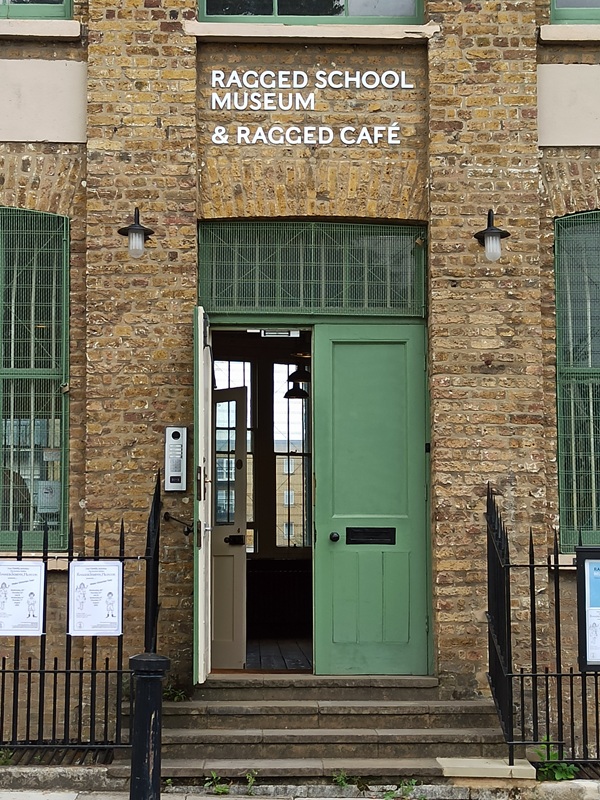
The Museum is located in Mile End, in the Borrough of Tower Hamlets, London’s East End, on the banks of the Regent’s Canal.
They are the stories of children who have attended this small school and are the story of the man that this school has imagined, wanted and built concretely and morally.
During the 1800’s, in London, after an epidemic of cholera, the large number of children in conditions of deprivation both economically and morally multiplied even more frighteningly, some of them were orphans and many others had parents in great difficulty.
It was at this particular moment that a doctor, Thomas Barnardo, arrived in London and realized the serious situation, decided to act, trying to give an answer not only to the primary needs, but also to the educational needs of these children.
Barnardo, in 1877 he opened his first Ragged School, a school for slackers, thus managing to give voice and body, first of all to his intimate project, which called him over the course of his life to establish 96 schools, in different localities and to give life to an educational reality still existing.
It was in 1844, when the Ragged School Union was born and in 1908, when the Ragged Schools were closed, in the wake of a state intervention aimed at meeting the educational needs of the less well-off classes.
In the period between these two dates, unfold the stories of thousands of boys and girls, women and men who deposited in the classrooms of the Ragged School, their hopes for change.
The Copperfield Rd Museum preserves and transmits these stories and saves them from oblivion.
The Ragged School movement:
Barnardo, Dickens, Shaftesbury, Burdett-Coutts and others.
The site of the Museum, now very pleasant, was once inhabited by the less affluent classes and families of workers who worked an endless number of hours just to survive.
The working and living conditions were such that when Dr Barnardo discovered them, he was deeply impressed, so much so that he changed his original plan to go on mission, in favor of stopping in London and working for these people.
The stories of the children welcomed in these schools, are often similar to those masterfully described by Charles Dickens in his works, tell of the struggle for survival of adults and children, in a London with dark traits, described in a merciless way.
His novels, especially Oliver Twist and Christmas Carol, bring us closer to the lives of these children, alone and helpless, children of parents, sometimes too poor, sick or weak, to provide for themselves and their families.
I have always loved Dickens and his works, and when I found out that he himself was one of these children because of his father’s financial setbacks, my perspective on him and his work changed completely.
The film Dickens: the man who invented Christmas, is illuminating in this sense and tells of the great sufferings suffered by the writer when he was just a child and was suddenly forced to work.
Deprivation, humiliation and trauma have been part of the lives of these children, but not everyone has remained indifferent to their suffering.
Dickens we said, but also other benefactors such as the Earl of Shaftesbury or Angela Burdett-Coutts , a very young nonconformist heiress, who devoted her entire life to carrying out a complex social development project, until becoming the greatest philanthropist of her time, the painter Dorothy Stanley who chose to immortalize street children in her works.
Many children, thanks to the work of benefactors, have been able to find the way to improve their conditions and in this, the education offered by Ragged schools, has had a role not only assistance but, for some, decisive.
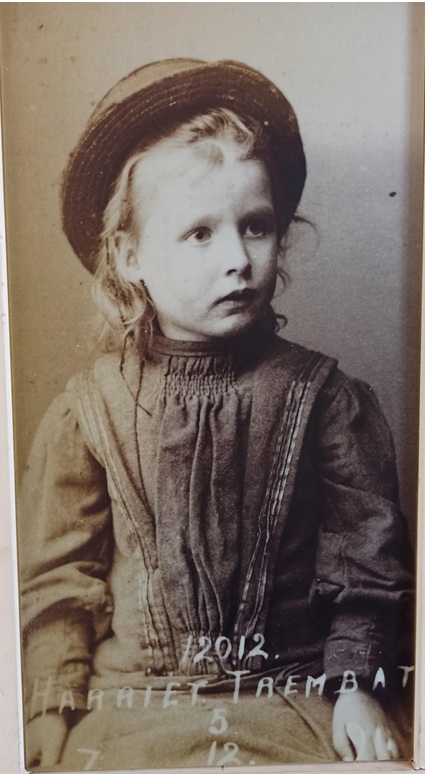
That’s why schools like Copperfild Rd are a monument to resilience, change and what we might call personal growth today.
We can only imagine how much effort this resilience has cost, but to know that for someone attending a school, it made all the difference, fills me with admiration, for the men and women who wanted them, and especially for those children who were able to make these schools their home and refuge even before a place to learn and grow.
The activities of the Ragged School Museum.
In the museum that can be visited today, the atmosphere of the Victorian era has been perfectly maintained: the physical space, the furnishings, the windows with antique stained glass, the floors, everything, tells of those children whose looks and images welcome visitors right at the entrance.
Their faces and their names, give depth to the meeting and tell us that what we talk about is not fiction but life and it’s beautiful to think that even today, entire classes of school students attend this museum and are welcomed by "teachers"/costumed actresses, who introduce them to life in a Victorian school.
Children, sometimes dressed in period costumes themselves, sit among the ancient wooden benches of a classroom to listen, ask questions, laugh, do activities and play, so that the museum resounds with the voices of children, just as it once did.
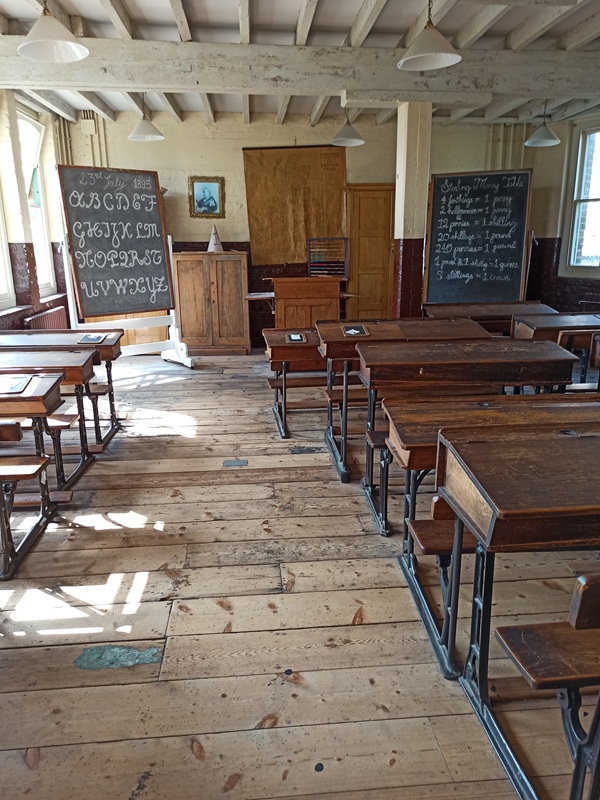
The activities offered by the Museum of the Ragged School are many and range from work with schoolchildren, to the structuring of thematic exhibitions, to the proposal of concerts and different activities for families and visitors.
Inside it has also been recreated a period environment with kitchen, bed, furniture and furnishings, to help visitors immerse themselves in the daily life of a family of the time.
Pleasant also a stop at the Ragged Café, located under the museum, which welcomes and invites to a break, in a pleasant and unusual environment, right on the banks of the Reggent’s Canal.
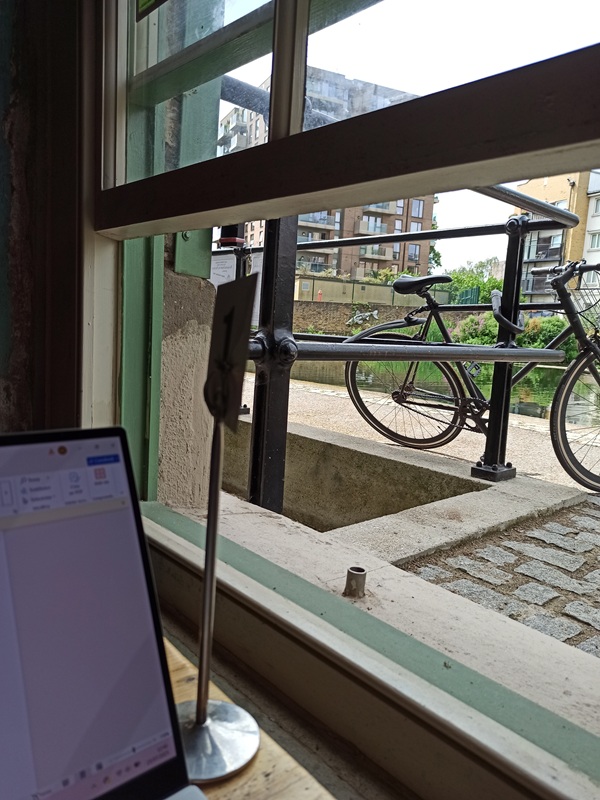
School and poverty yesterday and today: change possible.
Visiting the Museum of the Ragged School made me think about my childhood grandparents and great-grandparents.
All young people, emigrated to India or America, went overseas with the desire to improve their own life and that of their loved ones, left without means and education, at the mercy of anyone and dead very young, in Italy at the end of 800.
Neither they nor their children had the slightest chance of studying.
In Italy at the end of 800, schools, even those usually maintained by religious, required a payment and fees, although low, were certainly not accessible to the most humble families.
I remember my grandmother’s story and her disappointment that she asked to continue her studies after the second grade and could not do it, because the young father, embittered, did not have the money to pay the tuition.
When he watched me do my homework or study, he kept telling me how lucky I was.
The years have passed, the world is running, sometimes even too much, we feel light years away from the life of all these creatures but maybe we have not gone so far.
This is why, in my opinion, the Ragged School Museum is special: because it speaks of all the children, not just those of the past, who have in their hearts and in their DNA, a love for knowledge and who cannot develop it for any reason.
Even today poverty, wars, discrimination and violence are often the reasons for educational failure.
To put it in Malala’s beautiful and moving words, in her speech at the 2013 UN Assembly:
"A child, a teacher, a book and a pen can change the world."
These are current words and tell us how much more we have to do, to make education a right of all and how valuable the work of each one of us can be.


